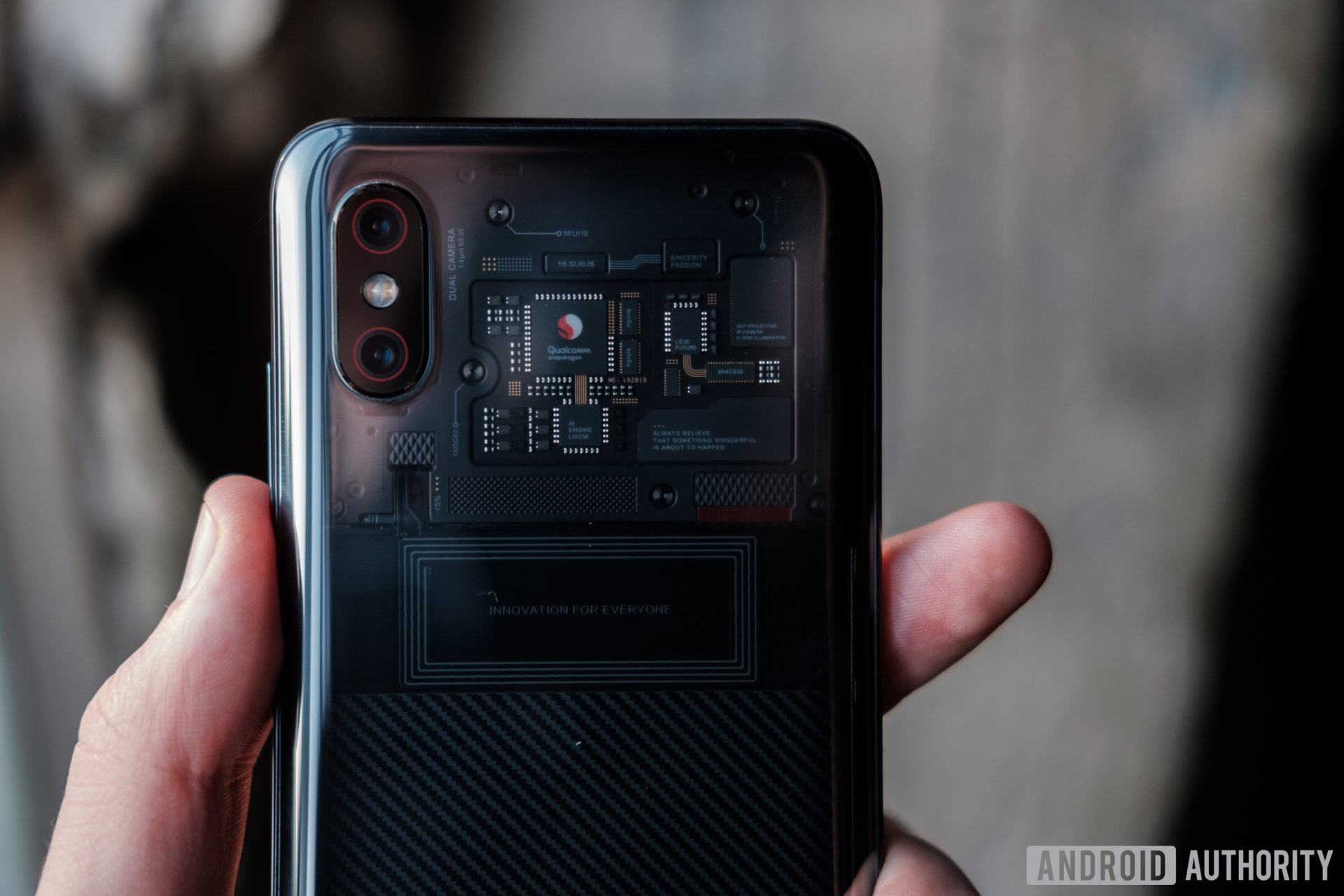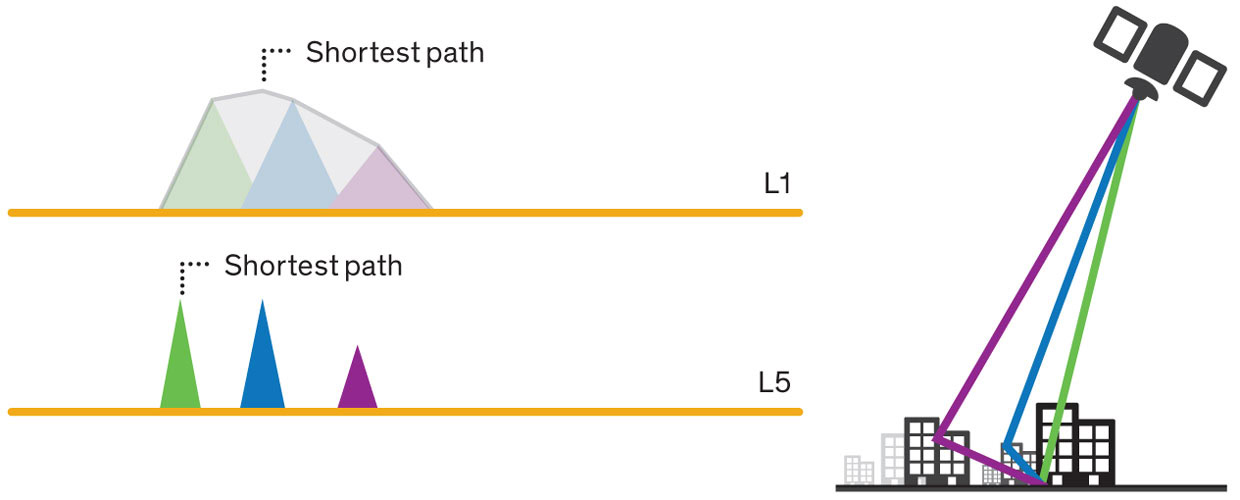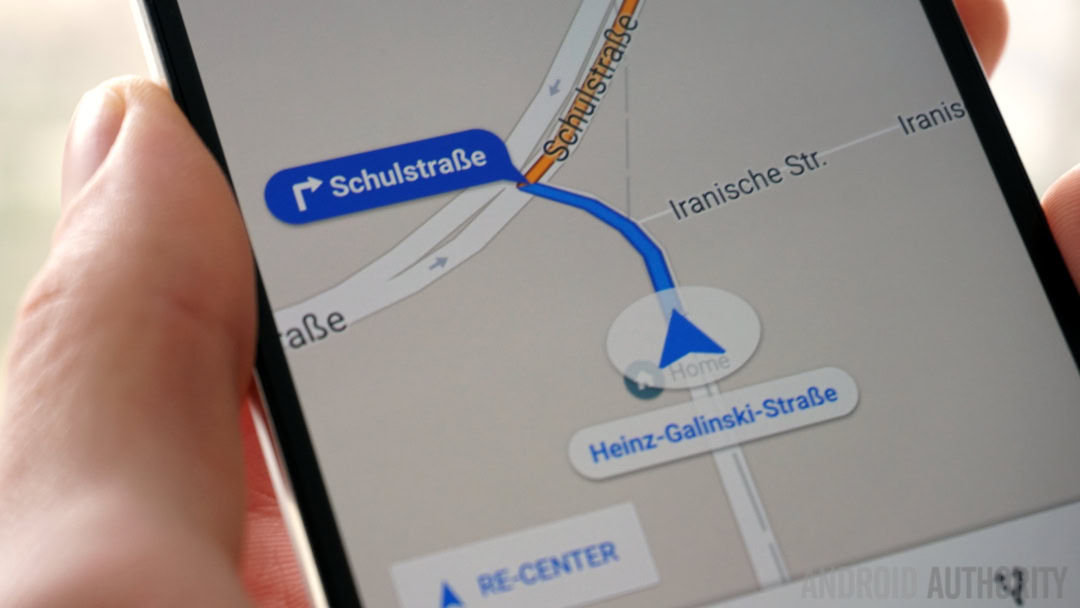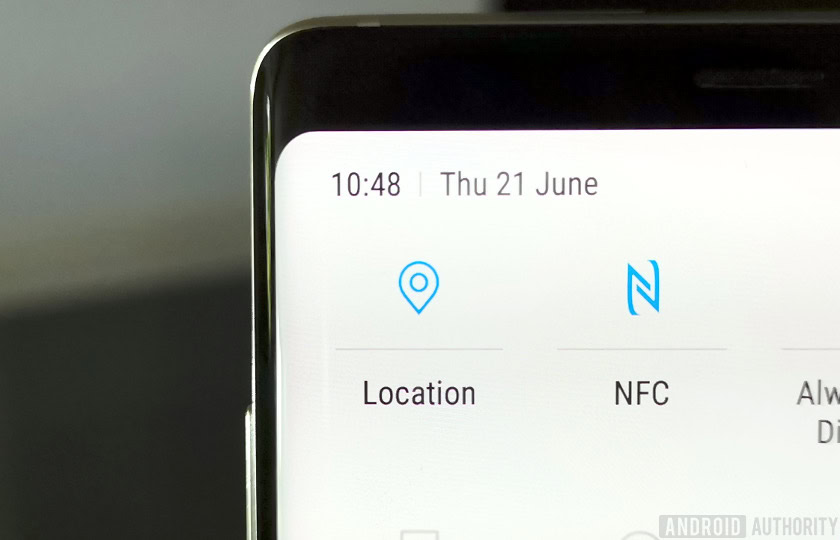Affiliate links on Android Authority may earn us a commission. Learn more.
What is the Xiaomi Mi 8's dual frequency GPS?
Published onJune 26, 2018

While we pegged the Xiaomi Mi 8 as a contentious smartphone for its aesthetic design, the handset’s internals are far more interesting. It’s not just that the phone’s hardware brings a lot of value to the table either — there’s a lesser-known feature here that’s worth explaining. The Mi 8 is the first phone to boast dual frequency GPS navigation technology.
This small detail is often overlooked on the specification sheet in favor of processors and cameras, but it brings a number of exciting potential possibilities. These can range from accuracy improvements with augmented reality and navigation apps to helping to build smart cities.
| Xiaomi Mi 8 | Xiaomi Mi 8 Explorer Edition | Xiaomi Mi 8 SE | |
|---|---|---|---|
Connectivity | Xiaomi Mi 8 Wi-Fi: 2x2 MIMO, 802.11 a/b/g/n/ac, 2.4G/5G Bluetooth 5.0 AptX/AptX-HD support NFC Dual frequency GPS (GPS L1+L5, Galileo E1+E5a, QZSS L1+L5, GLONASS L1, Beidu B1) | Xiaomi Mi 8 Explorer Edition Wi-Fi: 2x2 MIMO, 802.11 a/b/g/n/ac, 2.4G/5G Bluetooth 5.0 AptX/AptX-HD support NFC Dual frequency GPS (GPS L1+L5, Galileo E1+E5a, QZSS L1+L5, GLONASS L1, Beidu B1) | Xiaomi Mi 8 SE Wi-Fi: 2x2 MIMO, 802.11 a/b/g/n/ac, 2.4G/5G Bluetooth 5.0 GPS, AGPS, GLONASS, Beidu, Galileo |
Dual frequency GPS explained
GPS is a term we’re all probably quite familiar with. It has been in phones and other products for years. It’s operated by the United States government and has 32 satellites up in orbit to help determine positions. Russia has its own equivalent program called GLONASS and China uses BeiDou. Galileo is a newer system created by the European Union, designed to end the region’s dependence on overseas positioning technologies.
All of these services are similar, in so far as they provide location information, but they operate over a number of different frequency bands from 1,176MHz to 1,610MHz.
Global Navigation Satellite Systems (GNSS) can make use of multiple frequency bands to improve tracking accuracy. Technically each of the navigation systems listed above is compatible with multi-frequency GNSS, but not all of the satellites in orbit support multiple frequencies, particularly legacy GPS satellites. Being the newer system, Galileo is perhaps best positioned to offer dual frequency GPS with its satellites.

In a nutshell, this is a similar technology to GPS or other navigation technologies but allows devices to scale up through a wider number of frequency bands for better accuracy. While your typical smartphone will rely on a single frequency receiver, multi-frequency smartphones like the Mi 8 use two or more for better location accuracy.
What are the benefits?
Dual frequency GPS is particularly potent in urban environments, where signal interference and obstruction is more common. Right out of the gate, users should notice a much faster time to first fix. This means there will be less waiting around for Google Maps or other apps to first find your location. The more robust connection also means you’ll spend less time disconnected.
The improved accuracy also means street navigation will be better able to tell when you’re on a parallel street, taking the correct turn at a complicated junction, and even which side of the street you are on when walking. Current single frequency smartphone solutions offer an accuracy of about 5 meters. Dual-frequency chipsets boast decimeter level accuracy — just a tenth of a meter.
Dual-frequency GNSS offers accuracy down to just tenths of a meter, compared to 5 meters currently.
That level of accuracy goes beyond what’s arguably needed for reliable vehicle navigation, but it opens the door to a variety of new use cases.

For smartphones, high accuracy tracking allows for better placement in augmented and virtual reality spaces. This could range from accurate store overlays using an AR camera app to turn-by-turn navigation through a mall. We’ve seen similar potential uses from Google’s Visual Position Service (VPS) for high accuracy AR and VR tracking, but this is an entirely different technology.
Outside of smartphones, high accuracy navigation could be especially useful for smart city planning and mass IoT with long battery life. Inclusion in semi-autonomous, self-driving cars and other vehicle safety features seem like a perfect fit, as does a cost-effective implementation in consumer-level drones.

Wrapping up
Dual frequency GPS location tracking and navigation might not be a headline-grabbing technology, but its adoption will enhance common smartphone use cases like navigation, and open the door to new ideas that rely on high accuracy. The Xiaomi Mi 8 is the first smartphone to include the technology, and it certainly won’t be the only one over the next twelve months.
With more compatible satellites up in orbit and more power-efficient receivers now on the market, this technology will likely head to more smartphones and other products in the near future.
What use cases do you see better GPS enabling?